Solid-State Circuit Design (SSCD) Lab, IIT Kanpur
-let's talk circuits
Journals/Conferences
Some of the journals & conferences to watch out for include
IEEE Journal of Solid-State Circuits (JSSC)
IEEE Solid-State Circuits Letters (SSCL)
IEEE Transactions on Circuits and Systems I: Regular Papers (TCAS I)
IEEE Transactions on Circuits and Systems II: Express Briefs (TCAS II)
IEEE Transactions on Microwave Theory and Techniques (TMTT)
The following are some of the best conferences to find proceedings on different domains of IC design. Apart from ISCAS and at-times CICC, all others require results from a taped-out IC. If you are planning to submit a manuscript in any of those conferences, then you MUST target a tape-out at least SIX months before the submission deadline.
Radio Frequency Integrated Circuits Symposium (RFIC symposium)
Paper submission deadline: mid-January (usually)
Conference date: last week of June (usually)
Symposium on VLSI Circuits (VLSI Symposium)
Paper submission deadline: first week of February (usually)
Conference date: October end (usually)
European Conference on Solid-State Circuits (ESSCIRC)
Paper submission deadline: Mid-April (usually)
Conference date: Last week of September (usually)
IEEE Asian Conference on Solid-State Circuits (ASSCC)
Paper submission deadline: first week of June (usually)
Conference date: first week of November (usually)
IEEE International Conference on Solid-State Circuits (ISSCC)
Paper submission deadline: end of Aug (usually)
Conference date: Mid-February (usually)
IEEE International Symposium on Circuits and Systems (ISCAS)
Paper submission deadline: October end (usually)
Conference date: May end to first week of June (usually)
Custom Integrated Circuits Conference (CICC)
Paper submission deadline: mid-November (usually)
Conference date: April end (usually)
and more...
Reading the latest issues of these publications is an excellent exercise to keep up with the research in the circuits world!
Reading a paper and understanding/grasping the important information is itself a skill. Remember that one journal article is usually the result of several years of a researcher's work! So it is not possible to understand every nitty-gritty detail of the work by reading the paper. So, the focus must be on understanding the problem the paper aims to solve, the idea/technique proposed to solve it, and how this improves the performance and state-of-the-art. Take a look at this reference on "How to read a paper?".
Additionally, doing a reverse-engineering to figure out how one might have actually come up with the technique/idea helps gain a deeper understanding. And this process might also reward you with your own new ideas!
Lighter Reads
IEEE Solid-State Circuits Magazine (Tutorial columns are fun and easy to follow!)
Both of the above magazines are quarterly publications!
